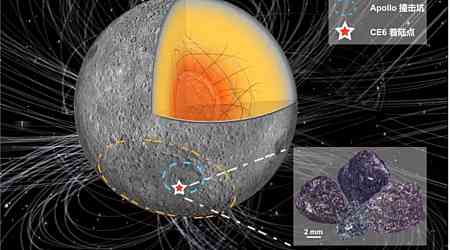A newly conducted magnetic survey has unveiled several previously unknown structures at the ancient Assyrian capital of Khorsabad in northern Iraq, according to reports. The site, dating back 2,700 years, was originally established as Dur-Sharrukin, or "Fortress of Sargon," by Neo-Assyrian Emperor Sargon II in 713 B.C. The discoveries include a sprawling villa with 127 rooms, royal gardens, and a water gate, challenging earlier assumptions that the city was left largely incomplete before its abandonment in the eighth century B.C.
Details of the Survey and Findings
The findings, presented by Jörg Fassbinder, a geophysicist at Ludwig-Maximilians-University in Munich, during the American Geophysical Union (AGU) 2024 Annual Meeting, were obtained without excavation. A magnetometer was manually operated over 0.3 square kilometres of the site, revealing structures far beyond the previously excavated palace complex. The villa, described as being twice the size of the White House, and other features suggest a level of development previously unrecognised in Khorsabad.
Sarah Melville, a historian of the Neo-Assyrian Empire, commented in an email to Live Science that the non-invasive mapping technique provided valuable insights while preserving the integrity of the site. Melville's observations highlight the importance of using advanced tools to gain a more comprehensive understanding of historical capitals like Khorsabad.
Historical Context and Preservation Challenges
Sargon II's death in 705 B.C. resulted in the capital being abandoned as his successor, Sennacherib, shifted focus to Nineveh. While 19th- and early 20th-century excavations uncovered parts of the palace and iconic statues like the Lamassu, significant portions of the city remained unexplored. The site also suffered damage during looting by the Islamic State in 2015, with archaeological work resuming only after 2017.
Experts, such as Daniele Morandi Bonacossi of the University of Udine, in their statement have noted that this research fills critical gaps by exploring non-monumental architecture and urban structures, providing evidence of a thriving community. The future of the newly identified structures remains uncertain, as further excavation decisions are awaited.
































